- Recognize emotions instead of suppressing them
- Stretch, breathe, or rest when your body asks for it
- Grounding brings you back to the present
- Walking in silence helps your thoughts slow down
- Create a pause before responding when emotions rise
- Gratitude turns struggles into opportunities for learning
- Journaling clears mental clutter and brings emotional clarity
- Gratitude is about noticing everyday beauty
Life moves fast, and it’s easy to rush through days without truly being present. That’s where mindful habits come in. These small, intentional practices help you slow down, breathe, and reconnect with what matters most.
I don’t say you have to change your whole life. It’s close to impossible. But you can learn to make each day count.

1. Name It to Tame It: Mindful Labeling of Emotions
We’ve all had those days when emotions like anger, worry, or frustration sneak up on us, wanting to take full control. Instead of pretending they’re not there, you can:
- pause
- breathe
- name
Simply saying, “I feel anxious” or “I’m disappointed” helps your brain move from reaction to reflection.
When you label your emotions, you’re organizing them. Neuroscientists call it affect labeling. Once your feelings are named, you create space between what you feel and what you do next.
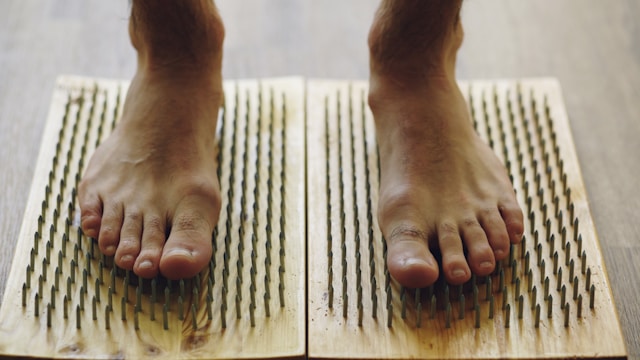
2. Body Awareness: Learning to Listen When Your Body Whispers
Your body is always “talking”. Most of us wait until exhaustion, headaches, or tension scream for attention, but mindful habits can help you catch the whispers early.
- That subtle tightness in your shoulders? A sign you’re carrying too much.
- The shallow breathing during emails? A hint that your mind’s racing.
When you slow down and listen, your body becomes your most honest friend, guiding you toward balance before burnout hits.
Start noticing how your body reacts in different moments of your day.
- Does your heart race during meetings?
- Do you clench your jaw while scrolling?
Each moment of tuning in helps you reconnect with the present and make kinder choices for yourself.
- Stretch when you need space.
- Breathe when stress tightens its grip.
- Rest when your body feels heavy.
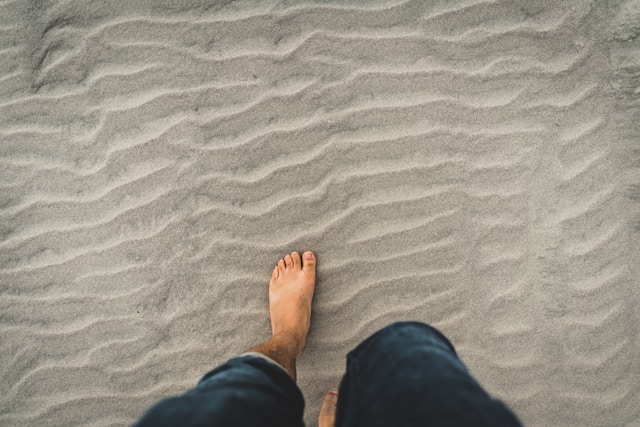
3. Grounding in the Moment: Tools to Calm the Stress Response
When stress hits, your mind often races to the past or the future. Grounding brings you back. It anchors you when life feels too fast or overwhelming.
The trick is to use your senses as your guide. Notice:
- five things you can see,
- four you can touch,
- three you can hear,
- two you can smell,
- one you can taste.
It sounds simple, but it works because your brain can’t panic and stay present at the same time.
You can switch from fight-or-flight to calm-and-clear by:
- feeling your feet pressing into the floor,
- breathing slowly and watching your chest rise and fall,
- touching something textured, like fabric or your desk.

4. Solo Walks Without Headphones: Rediscovering Quiet Connection
When was the last time you took a walk without music, podcasts, or notifications in your ears?
Solo walks without headphones are one of those forgotten mindful habits that reconnect you with life’s quiet rhythm. You get to notice:
- how your breath syncs with your pace,
- how sunlight shifts across the ground,
- how your mind finally starts to slow down.
These moments of connection help your thoughts untangle naturally. Over time, they become a moving meditation.
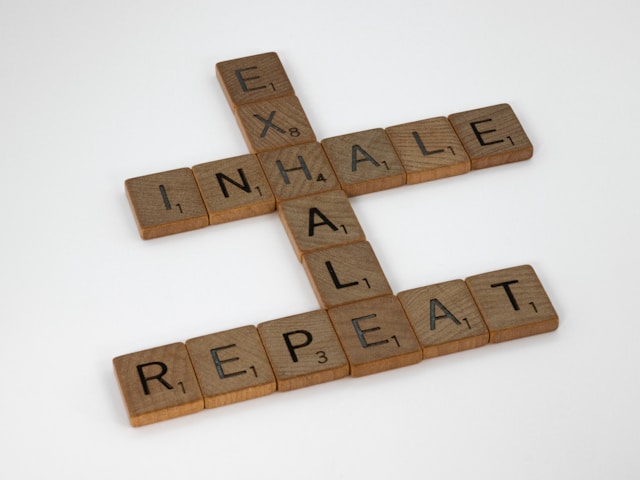
5. The Pause Before Reacting: How Mindful Habits Rewire Reactivity
You know that split second before you say something you’ll regret? The pause before reacting is the space where you get to choose calm over chaos. When you practice mindfulness, your brain starts building new pathways that make patience feel more natural and overreaction less tempting.
When you notice tension rising, take one deep breath before doing anything else. Feel your feet on the floor, your hands unclench, your shoulders drop.
Over time, you start catching frustration before it turns into snapping, or worry before it spirals. The pause becomes your superpower, and that breath might change everything.
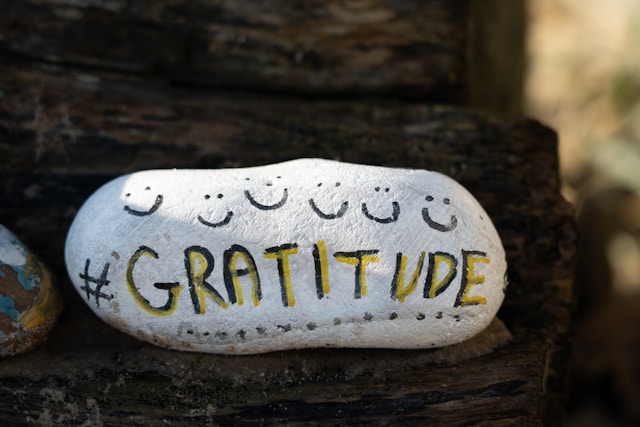
6. Daily Gratitude Check-In: Reframing Struggles with Appreciation
A daily gratitude check-in is like pressing pause to remind yourself that joy still exists, even in small moments. Maybe your coffee was perfect this morning, or someone held the door open when you were rushing. Those things count.
When you notice them, you shift your brain’s focus from what’s missing to what’s already working.
Some days, gratitude feels impossible. Instead of forcing positivity, try gentle reframing. Ask yourself:
- “What did this challenge teach me?”
- “What still feels okay right now?”
When you make gratitude a mindful habit, you start to see that every obstacle carries a tiny lesson or hidden gift.
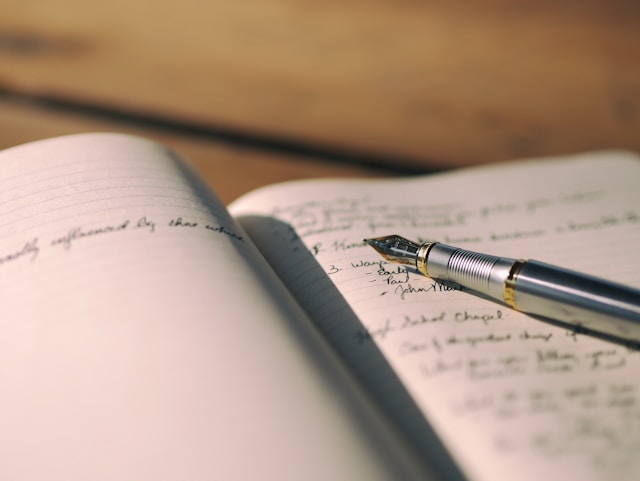
7. Journaling for Presence: Writing Without Goals or Judgment
Journaling doesn’t have to be neat, poetic, or even make sense. In fact, the best kind of journaling happens when you stop trying so hard.
When you write without judgment, you give your thoughts space to breathe and your emotions room to settle. It’s like having a quiet chat with yourself, one that doesn’t need to impress anyone.
Write about what you notice, what you feel, or what made you smile today. If your mind feels crowded, journaling acts like a gentle declutter.
Over time, writing becomes your anchor, helping you return to yourself whenever life feels noisy.

8. Mindful Habits & Rituals: Noticing Beauty in Small, Daily Things
Gratitude is about slowing down enough to notice the quiet magic hiding in your everyday life. When you build mindful gratitude rituals, you start to see that beauty is everywhere. It’s in the way sunlight hits your morning cup, in a stranger’s smile, or in that moment when you finally exhale after a long day.
Practicing this mindful habit helps your mind stop chasing “more” and start appreciating “enough.”
- Try saying three things you’re thankful for while brushing your teeth or walking to your car.
- Notice the softness of your blanket, the warmth of your coffee, or the laughter that caught you off guard.
Over time, this mindful habit rewires your attention toward joy instead of worry. The more beauty you notice, the more it multiplies.
Bringing It All Together with Mindful Habits
The beauty of mindful habits is that they invite presence. Every pause, breath, or small act of awareness helps you come home to yourself. Over time, these simple practices weave calm into the busiest days, reminding you that peace is something you create moment by moment.
Start small, stay curious, and let mindfulness turn ordinary routines into gentle rituals of self-connection.



